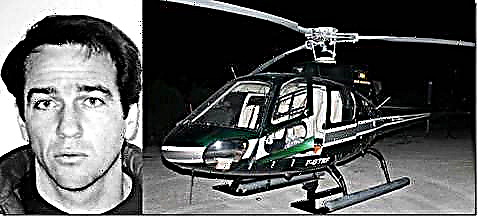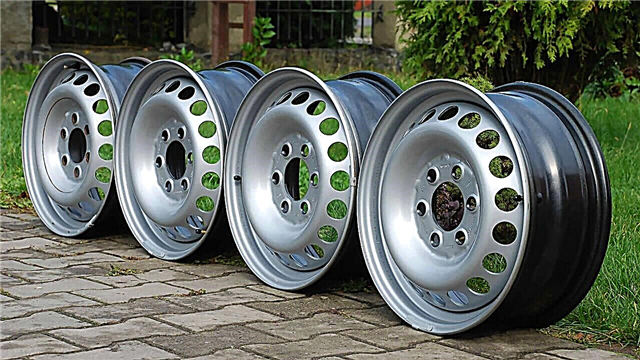When used in different climatic regions and conditions, models and types of tires behave differently. We can argue that a particular winter tire model is better than other tires, but it is not. When choosing winter tires, you can only give some recommendations, taking into account the conditions of their operation. First of all, when choosing winter tires, you need to pay attention to non-studded and studded models.
Spikes allow you to reduce the braking distance, increase the coefficient of adhesion to the road, in conditions of snow and ice, reduce the likelihood of slipping, so it is not so easy to choose the right winter tires.
For motorists who live in snowy areas or those who often travel outside the city for the winter, winter studded tires are best. Studded tires are not seasonally designed for temperatures from -20’C to - 5’C. The most effective are tires with an asymmetric tread pattern. They optimize traction on dense snow and on ice, but worsen traction with dry asphalt. On a clean asphalt surface, during operation, they grind, fly out and make noise.
Less effective in acceleration and braking in areas where most of the winter on the roads or wet snow or even dry. Since the tires have a sufficiently large number of studs, the contact area of the wheel with the road is reduced.
This leads to the fact that the coefficient of adhesion is reduced and as a result, the control of the car deteriorates. The best winter tires are of two types: the Scandinavian type (with snowy and icy roads, maximum grip), the European type (with rain and wet snow, the best grip). Tires that are designed for warm winter are European-type tires. They differ from the "Scandinavian" more rigid rubber compound and the number of lamellas.
The treads of the "European" tires have "ribs" of checkers and, of course, they improve the control of the car on an asphalt road. The motorist who has chosen studless tires, you need to pay attention to the tread pattern. Tires with directional tread patterns are best suited for wet snow. It helps to remove dirt and wet snow from under the wheels. The pattern of such tires is similar to rain tires, their tread structure resembles a Christmas tree. When choosing tires, size is an important parameter. As a rule, the desired tire dimension is indicated in the machine manual.












